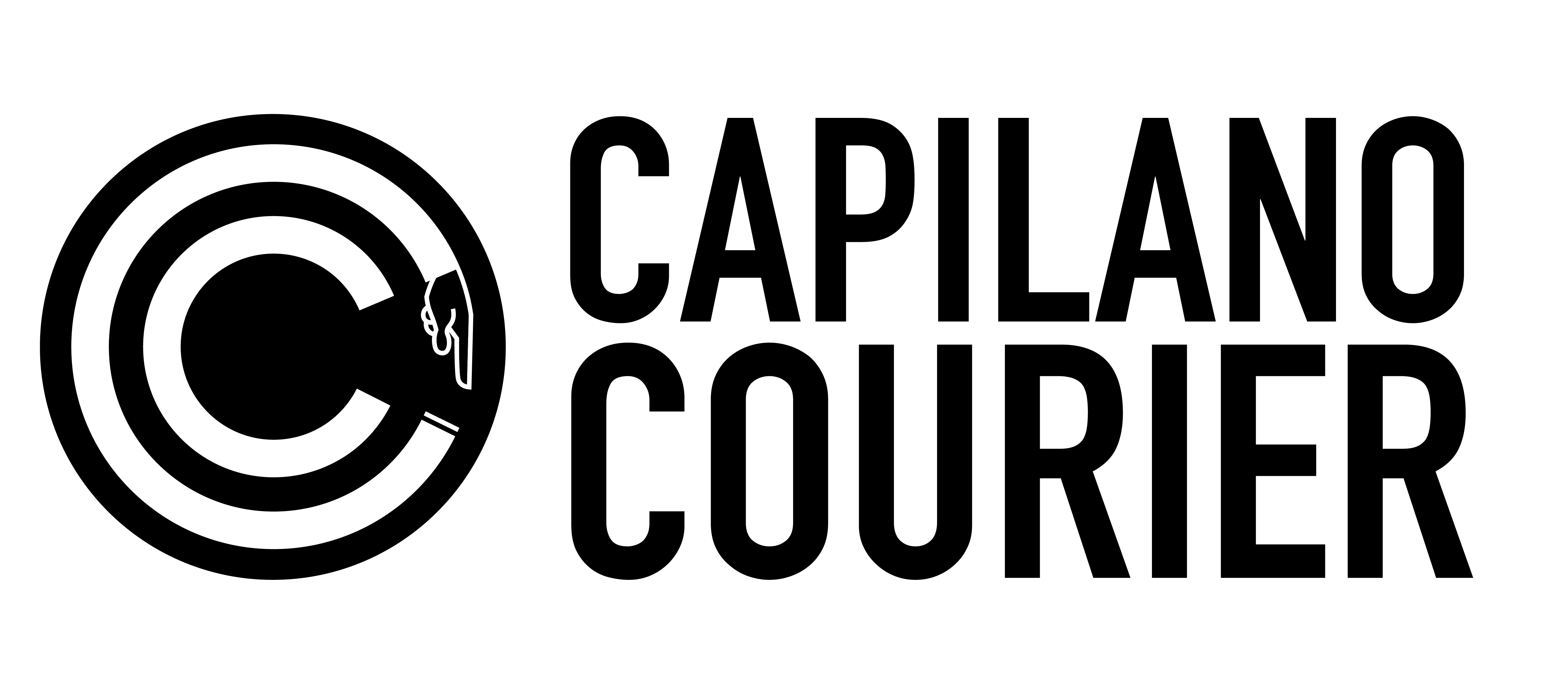Laura Morales P. (she/her) // Contributor
Part 1: Faculty insights on the largest intake of international students in the history of CapU
The forecast for summer and fall 2023 course registration of international students was 4,000 and 8,400 respectively. Tally Bains, vice president, finance & administration, confirmed that the actual numbers were 7,773 and 14,760—the highest intake of international students in the history of Capilano University.
“We’ll ignore the problem of domestic enrolment and we’ll take in as many international students as humanly possible,” claimed Faculty Member 1 (FM1), who has been teaching at CapU for over a decade and still struggles to understand the administration’s rationale behind the over-recruitment of international students during the 2023 summer and fall terms.
“If we accept a lot of students and they sit on the waitlist, there’s growth that doesn’t actually benefit the university… Even from a purely financial argument,” explained FM2, who started teaching at CapU in 2017.
“We found out by word of mouth among faculty members,” stated FM3, a non-regular instructor who received hundreds of emails from concerned students trying to secure a seat in their courses. They added that there was no official statement or communication to inform instructors of the difficulties they may experience while the university found the way to accommodate the mass of students on the waitlists.
The forecasts are intended to provide enrolment estimates for upcoming terms so that the university can plan accordingly, but they are based on limited information, including retention rates from previous terms and deposits received up to date. These predictions are meant to navigate the changing political and economic environment; however, official numbers are known by the end of the registration period, leaving less than two months until the beginning of the next term for program departments to prepare. “We could plan ahead and hire enough instructors… But hiring takes a long time in academia,” explains FM2.
FM4, who has been teaching at CapU for the past four years, adds, “The majority of instructors require a PhD, meaning our pool for applicants is small. Plus, the university does not provide relocation funding nor help with visas for international applicants.”
While the various faculty members interviewed for this piece shared the same interest in growth as the administration of CapU—a larger community of students allows for more instructors to be hired, more programs to be offered, more courses for students to choose from, and so on. However, when growth is not planned and program departments have little notice to accommodate a growing intake of students, they end up operating reactively—solving problems, rather than proactively—preventing problems from occurring.
International students are a particularly vulnerable population, as they are required to register for a minimum of nine credits per term to meet the requirements of their study permits and remain in Canada.
“I don’t see the evidence of planning and there certainly doesn’t seem to be enough consultation,” stated FM1. They explained how the Dean’s Advisory Committee used to work, “The coordinators and chairs got together with the Dean and gave advice on issues. We discussed things; we made decisions. Now, so much stuff is just top down.”
Another challenging factor for forecasting addressed by a faculty member experienced with the administration side (FM5) is the transferring of students. They believe that offering more four-year degree programs would help retain domestic students and provide a more stable landscape to build upon. With this in mind, they mentioned that program departments are currently working on the development of four programs.
“We do want to get away from being reactive—that’s one of the worst positions to be in, especially as a planner of an organization,” stated Toran Savjord, vice president, strategic planning, assessment & institutional effectiveness, during the Update on Integrated Planning and Budgeting Priorities on Nov. 8, 2023. He acknowledged that CapU has gone, “From one extreme to the other,” when it comes to enrolment, which is why his team is working on “strategic enrolment planning” that includes limits for international enrolment for the next three years. “We do have a robust Internationalization Plan, which includes a cap of overall international enrolment at 30-40 per cent total FTE (full time equivalent),” explained CapU President Paul Dangerfield in an email exchange with the Courier.
“It’s a better problem to have than the opposite,” recognized FM5, referring to the drop in enrolment numbers CapU experienced during the pandemic. However, the risk of a deficit shouldn’t transfer into risk for students in order to ensure surplus. “There’s just hundreds of students—it’s easy to lose sight of the fact that each one of those hundreds is a person who’s got a life plan that can be derailed.” FM5 added. If the goal is quality education, then the value of engaging the people who are directly working towards that goal is undeniable; as FM1 stated, “CapU needs to recover the inbuilt culture of consultation.”

Part 2: CapU’s largest source of income has gradually shifted from government funding to student tuition
The consequences and challenges related to over-recruitment have been explored from faculty’s and the administration’s perspectives. Although knowing how it happened may help address some of the symptoms of this problem, understanding why is the next step towards addressing the cause.
As an effect of over-recruitment, CapU’s effort towards open and accessible education paired with smaller classrooms created a specific set of challenges. However, it shared a common problem with public universities across B.C.—using student tuition to compensate for insufficient government funding.
Like most public post-secondary institutions, CapU covers the majority of their operating costs with base funding received from the provincial government, alongside revenue generated through students’ tuition each year. A gradual but significant change is reflected in the percentage of CapU’s government funding, which decreased from 48 per cent in 2011 to 38 per cent last year, while the percentage of revenue from tuition fees increased from 34 per cent to 49 per cent. On the other hand, over the same period, international students’ tuition fees in B.C. have increased from being 370 per cent of domestic tuition fees, to 553 per cent. The reason for this is because, in contrast with the two per cent increase limit for domestic tuition fees, there is no limit for international fees.
The rationale behind the difference between domestic and international tuition fees is that international fees are the actual cost of post-secondary education (plus commission paid to international recruitment agencies), while domestic tuition fees are partially covered by government funding. Although, if this were the case, the exponential increase of international tuition fees would be matched by a proportional increase of government funding. However, according to a 2018 submission from the Federation of Post-Secondary Educators of BC, the percentage of government funding has dropped from 80 per cent to 44.5 per cent in the last two decades, while tuition revenue has gone from 15 per cent to 36.8 per cent due to “the growth in international student numbers and in the increased tuition international students are charged” (FPSE). CapU is not the exception for this tendency—in addition to tuition fees becoming the main source of income, the presence of international students has grown from 9 per cent in 2011 to 38 per cent last year (FTEs).
The funding received from the B.C. government is determined by a model that has not been updated in more than 20 years, which explains why it fails to address the rising operating costs that the public post-secondary institutions (PSI) in the province are currently facing. To compensate for the insufficient funding received by the provincial government, PSIs have resorted to increasing their international tuition and enrolment numbers.
This compensation aggravated after the federal government report released in August 2012 by an advisory panel on International Education, which envisioned to attract more than 450,000 international students by 2022—doubling the number Canada had at the time. Furthermore, according to a CBC News report on August 26, 2023, Immigration Minister Marc Miller announced that Canada is receiving “around 900,000 international students this year… more than at any point in Canada’s history.”
In March 2022, an announcement from the B.C. government indicated that the formula behind the funding operations was going to be reviewed, specifically for public PSI. The announcement states that the purpose of the review is to ensure “access to affordable, high-quality post-secondary education and expanding key student supports.” As part of this process, all B.C. post-secondary institutions received a mandate letter from the provincial government with ten questions regarding the university’s contribution to the economic, social and environmental health of B.C., the major challenges in enhancing this contribution, and recommendations that should be taken into account for the formula review.
The written submission of the University of British Columbia (UBC) stated that, “reliance on international tuition in the absence of increases to provincial operating grants puts institutions, the PSE system, and the Province at risk of losing revenue if demand shifts unexpectedly or geopolitical issues emerge.” The British Columbia Institute of Technology (BCIT) submission described the main source of revenue based on international programs as “unstable” and mentions a recovery plan that aims to achieve a “sustainable financial structure.” In contrast, CapU does not mention the word “international” once throughout their submission.
“At CapU, we are not reliant on international student tuition to deliver quality education,” responded president Paul Dangerfield to an email from the Courier, inquiring if CapU is concerned about relying on international enrolment to cover rising operating costs.
“We consider international students to be a critical factor in the distinct university experience students expect when they come to CapU,” Dangerfield added.
However, CapU’s Audited Financial Statements from the last academic year presented a surplus of $2,663,363, even though the budget forecasted a deficit of $8,390,438. At the same time, both fall and spring term enrolments surpassed the forecast for the 2022-23 fiscal year due to international student increases in both terms, whereas domestic student enrolment declined in both terms, according to the university’s Institutional Accountability Plan and Report. According to this evidence, international students’ contributions seem to go beyond being a factor in the distinct university experience of other students.
A stagnant funding model, along with increasing operating costs and reliance on international numbers are shaping the current dynamic in public PSI. All across B.C. and Canada, post-secondary institutions are struggling in while contributing to an unsustainable post-secondary education system. Is Capilano University the exception?





